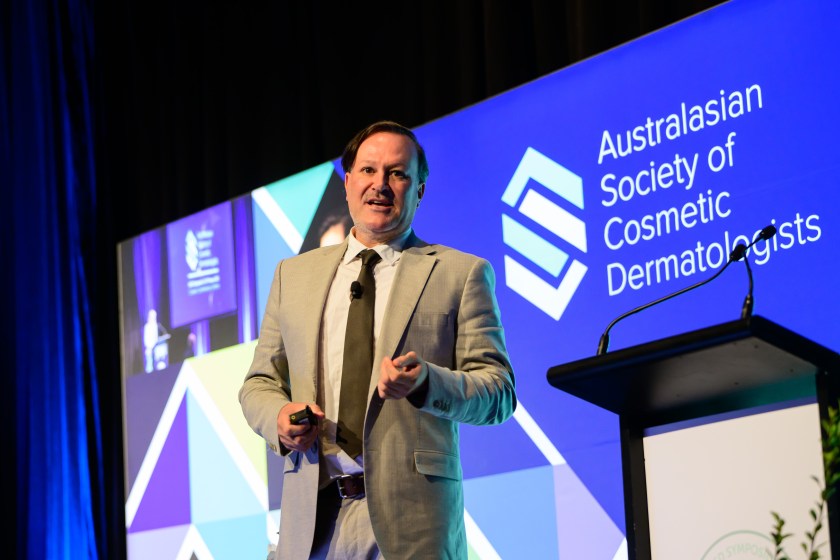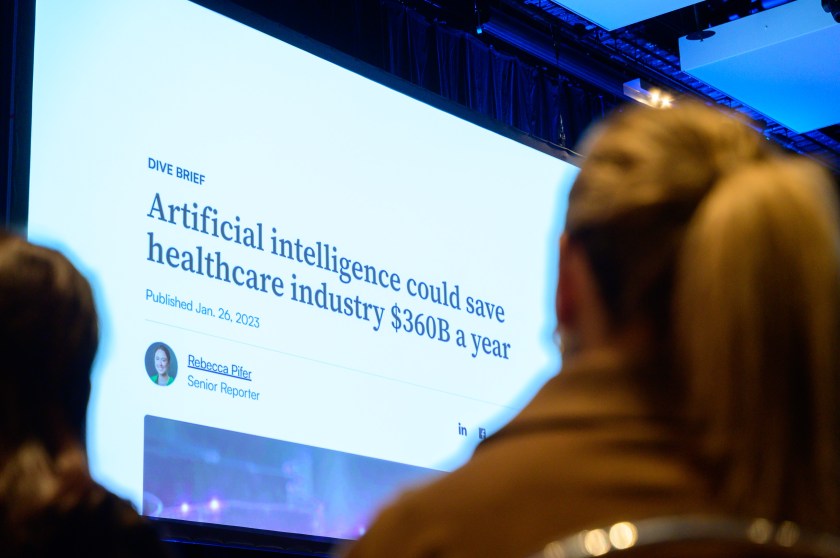5 things we learned at last week’s ASCD Symposium

This year’s instalment of the Australasian Society of Cosmetic Dermatologists (ASCD) Symposium provided a dynamic platform for professionals in the field of dermatology to converge, exchange insights, and unveil emerging trends shaping the industry.
From the resurgence of radio frequency to the undeniable prominence of AI in daily practice, the symposium noted of a new age in Aesthetics.
Here are five takeaways that we observed within the industry:
AI revolutionises record keeping
The symposium shed light on the escalating integration of artificial intelligence (AI) in medical aesthetics, particularly in the stream of document and record keeping. AI-driven platforms streamline administrative tasks, facilitate accurate documentation, and enhance patient management workflows.
From electronic health records to automated appointment scheduling, these AI-powered solutions optimise operational efficiency while ensuring compliance with regulatory standards.
Mike Clague RN, discussed how he maximises the use of AI in his practice, with using programmes such as ChatGPT (paid version) to write his promotional material, whilst inputting regulatory guidelines to ensure the marketing material is compliant.
Dr Belinda Welsh also discussed using an AI programme to scribe her patient notes and prepare relevant documentation, but also educated delegates on what to look out for with security, data protection and compliance when using these softwares.

Radio frequency rises anew
Despite being a longstanding modality, radio frequency regained the spotlight at the symposium. Its renewed popularity signifies a resurgence in interest, driven by advancements in technology and a growing demand for non-invasive procedures.
Speakers highlighted its efficacy in skin tightening, reduction of wrinkles and skin laxity, and scar revision, reaffirming its status as a versatile modality in dermatological practice.
From traditional bi-polar radiofrequency, to RF Microneedling, radio waves have stood the test of time since the late 1800’s and still continue to provide stellar results in aesthetics, standalone or in combination.
Emphasis on combination therapies
Speakers underscored the significance of combination therapies in achieving optimal outcomes. By integrating multiple modalities, such as radio frequency, laser treatments, and injectables, clinicians and practitioners can tailor solutions to address diverse patient concerns comprehensively.

Dermatologist Ko Bumjun (South Korea), discussed how his practice has combined from 5 up to 8 different modalities in a single treatment for maximised and global results. He also explained that with some of his practice’s modalities, they have multiple of each to often treat each side of the face simultaneously to increase efficacy and reduce treatment time – when it is safe and possible to do so.
Laser coring is the new black
With the latest launch of UltraClear (Device Consulting), this has taken non-surgical lifting to new heights. Whilst it is fairly new to Australian practices and is still finding its place in-between other modalities, the evidence of results are strongly convincing.
Involving an ablative Erbium YAG wavelength, this device delivers high energy with a larger diameter of tissue that is targeting lax tissue, and by working in vertical vector patterns, can provide significant results without further surgery.
Biostimulatory fillers are gaining momentum
What was heavily discussed within the program was the emergence of biostimulatory fillers as a primary modality of choice among practitioners seeking natural-looking and long-lasting results.

By harnessing the body’s natural regenerative processes, these fillers stimulate collagen production, restoring volume and improving skin texture over time. Their versatility in addressing a spectrum of aesthetic concerns, from facial rejuvenation to hand augmentation, positions them as a preferred option for patients seeking subtle yet transformative enhancements.
Rejuran was a commonly discussed modality, alongside presentations on cadaver dissections and anatomical findings from using these stimulatory injectables, as well as comparing their results to other non-surgical treatments for maximum collagen induction.
The post 5 Things We Learned At Last Week’s ASCD Symposium appeared first on SPA+CLINIC.
